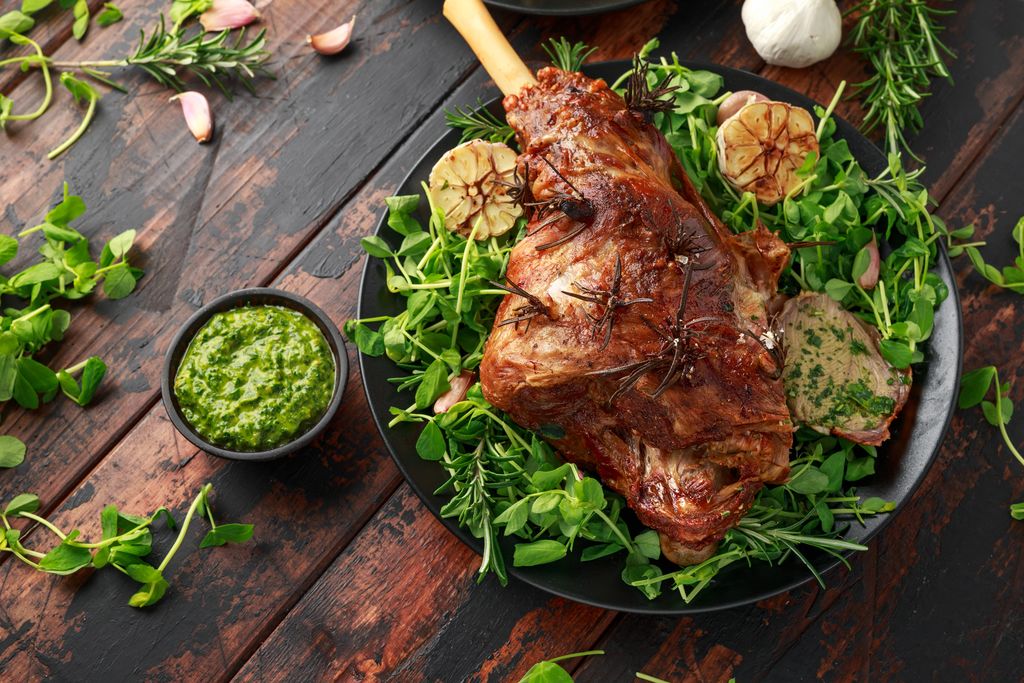When people think about celebratory meals, a few dishes immediately come to mind, roast turkey at Thanksgiving, a prime rib dinner for Christmas, or perhaps lobster on a special anniversary. Yet one protein has a way of standing out from the rest for its distinctiveness, flavor, and air of occasion: lamb. For many, lamb is not a weekly staple, but rather a meat reserved for festive dinners, holiday spreads, or indulgent restaurant orders. This scarcity, combined with its bold taste and cultural associations, is what makes lamb feel like such a treat.
Superior Farms lamb will explore the indulgence factor behind lamb, why it carries a celebratory aura, how its culinary qualities elevate it beyond the ordinary, and what psychological and cultural forces contribute to its special place at the table.
Rarity on the Everyday Menu
Unlike chicken, beef, or pork, lamb is not commonly found on weekly shopping lists in many parts of the world, especially in North America. In the United States, for instance, the average person consumes only about one pound of lamb per year, compared to nearly 60 pounds of chicken. This rarity alone contributes to lamb’s aura of indulgence.
When we encounter lamb on a menu or at a dinner party, it feels like a departure from the ordinary routine. Its relative scarcity means that when we do have it, we often associate it with effort, intention, and celebration. Just as caviar or truffles carry prestige because they’re not everyday pantry items, lamb benefits from its position as an uncommon guest at the table.
Richness of Flavor
Beyond availability, lamb’s flavor profile sets it apart. The meat has a distinctive taste, rich, slightly gamey, and deeply savory, that differs from the mildness of chicken or the straightforward beefiness of steak. This boldness means it’s often prepared with complementary seasonings and accompaniments that enhance its indulgent character.
Herbs like rosemary, thyme, and mint pair beautifully with lamb, creating aromatic combinations that heighten the sense of refinement. Slow-roasted lamb shanks, herb-crusted racks, or Moroccan-style tagines infuse layers of flavor that feel gourmet and intentional. Even simple grilled lamb chops convey more complexity than an average cut of meat, inviting diners to savor each bite.
The richness of lamb also lends itself to cooking techniques that emphasize tenderness and depth. Braising, roasting, or marinating lamb highlights its decadence, while the effort involved in these preparations reinforces the perception that lamb is a dish worth celebrating.
Cultural and Holiday Associations
Lamb has long held symbolic meaning in many cultures and religions, often tied to holidays and rites of passage. In Christian traditions, lamb is linked with Easter celebrations, representing both springtime renewal and religious symbolism. In Jewish tradition, lamb is associated with Passover, while in Islamic cultures, it is central to Eid al-Adha feasts.
These cultural touchpoints reinforce lamb’s role as a centerpiece for special occasions. Families and communities around the world have made lamb dishes integral to their most meaningful gatherings, further cementing the connection between lamb and celebration. When we eat lamb, we often tap into centuries-old traditions of festivity and symbolism, which amplifies its indulgence factor.
The Psychology of Treating Ourselves
Food is never just about sustenance; it’s also about emotion and experience. Lamb’s relative rarity and rich flavor create a psychological sense of reward. When we choose lamb, it often signals to ourselves and others that this meal is not just about filling stomachs, but about marking a moment.
Restaurants capitalize on this indulgence factor as well. Lamb frequently appears on fine-dining menus, positioned alongside other premium proteins. Diners may opt for lamb to elevate their experience, signaling a willingness to splurge. Similarly, home cooks might save lamb recipes for holidays, birthdays, or dinner parties to make the occasion feel more significant.
This element of anticipation, the idea that lamb is something we don’t have all the time, adds to the pleasure. The less frequently we encounter it, the more special it feels when we do.
A Bridge Between Tradition and Modern Gourmet
While lamb’s roots are tied to longstanding traditions, its versatility allows it to shine in modern cuisine as well. Contemporary chefs experiment with lamb in global-inspired dishes: lamb curry, lamb kofta, lamb burgers with tzatziki, or even lamb tacos. These creative spins introduce lamb to new contexts while maintaining its aura of indulgence.
This adaptability makes lamb feel current while retaining its sense of luxury. Even when reimagined in casual formats, the unique taste and cultural associations of lamb keep it from feeling ordinary. Whether it’s a rack of lamb plated with elegance or a spiced lamb kebab wrapped in flatbread, the meat maintains its reputation as something to savor.
Why Lamb Feels Like a Treat
The indulgence factor of lamb comes from a blend of rarity, richness, and tradition. Its infrequent appearance on our plates makes it stand out from everyday proteins, while its bold flavor profile encourages culinary care and creativity. Cultural and holiday associations further tie lamb to celebration, embedding it with symbolism that heightens its importance.
Lamb feels like a treat because it bridges the ordinary and the extraordinary. It’s not just dinner, it’s an event, a moment of savoring, and a signal that something special is happening. Whether enjoyed in the intimacy of a family gathering or as part of an elaborate restaurant experience, lamb carries with it a sense of occasion that transforms a meal into a memory.
